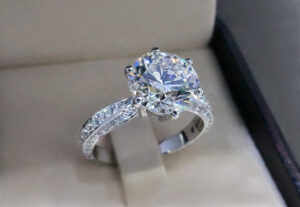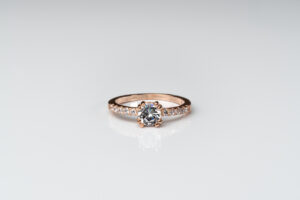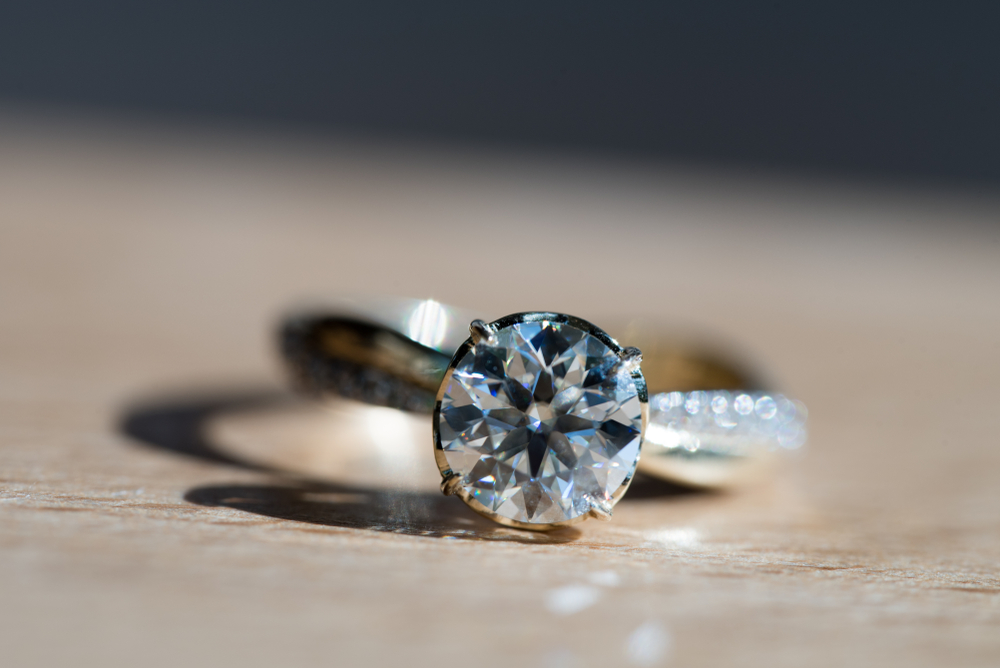
The popularity of lab-grown diamonds is growing each day. Millennials are choosing lab-grown diamonds over naturally mined diamonds for their engagement rings and wedding bands. One reason for this is that diamonds made in a lab are conflict-free and ethical.
Before reaching the customer, diamonds travel through a series of stages after the mining process. They pass through numerous hands, and some diamonds are neither ethically sourced nor conflict-free. These diamonds have the potential to get buyers into problems, and that is why it is important to understand the specifics of ethically sourced and conflict-free diamonds in order to avoid any mistreatment of diamonds during the purchasing process.
In this article, we will take a look at the difference between a conflict-free diamond and an ethical diamond.
What Are Conflict-Free Diamonds?
Diamonds mined in places free of violence or insurgent activities are called conflict-free diamonds. It signifies that the diamond could not have been mined in a way that mistreated anyone or caused any bloodshed. Conflict-free diamonds are those that have been mined in an ethical manner by people who have not been tortured or enslaved by force. There are many diamond stores out there that only sell conflict-free diamonds.
The Kimberly process can help you to identify whether you are buying a conflict-free diamond or not. The main aim of this process is to follow the diamonds right after their extraction to their entry into the global diamond trade and ensure that no conflict diamonds have entered the trade.
What Are Ethical Diamonds?

Ethical diamonds are those that follow humane mining methods in terms of remuneration and working conditions when acquiring raw diamonds. Ethically sourced diamonds also mean that the diamonds whose origin and mining are not compromised.
Even if a diamond is mined ethically, the following stage of its life may be tampered with by those who change it and make it unclean. Diamonds obtained in subterranean mines and riverbanks are the finest sorts of diamonds, and customers must be conscious of this when shopping for diamonds.
Final Thoughts
When it comes to determining if a diamond is real or fake, there are various factors to consider, including the cut, the clarity, the color, and so on. The Kimberley Process has been used by the jewelry industry all around the world to track diamonds and assure that they are conflict-free. To prevent any ethical issues and ensure that your diamond ring is conflict-free, buy them from a reputed company.
